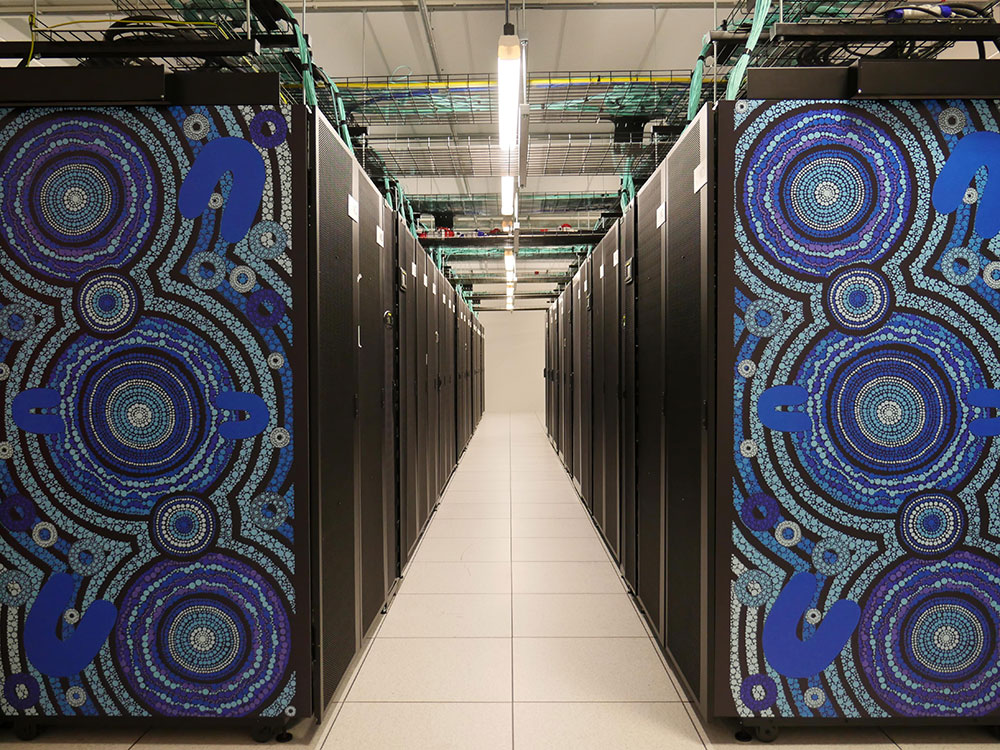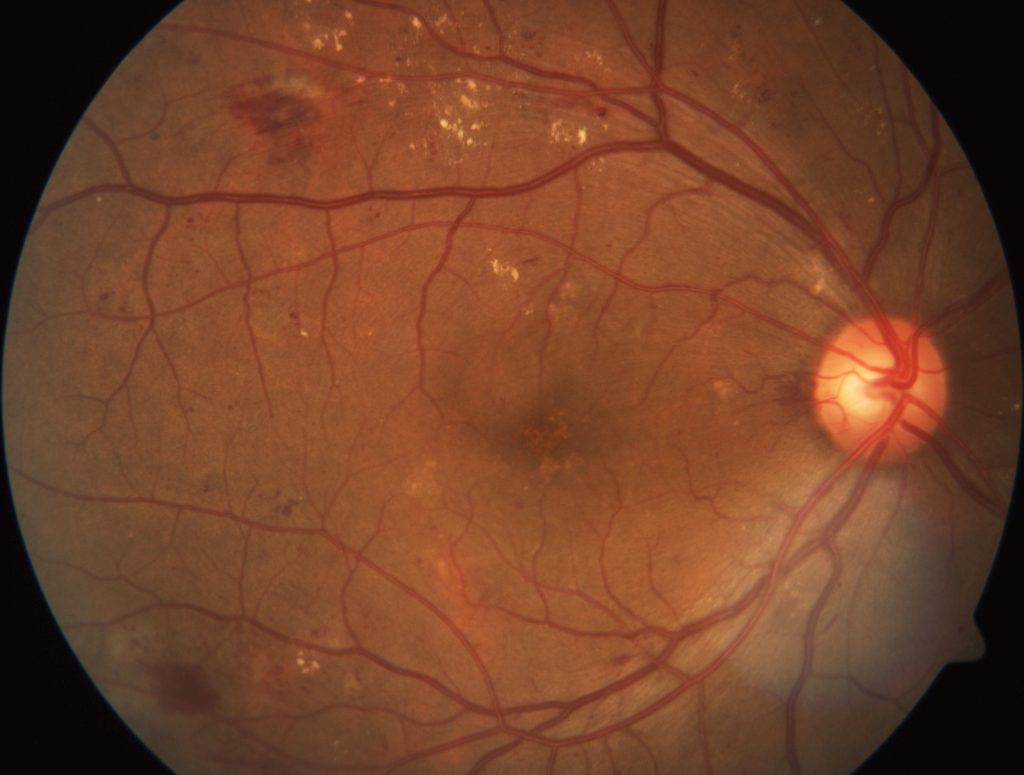On this page:

Traffic-related air pollution in Early Childhood centres
Air quality at childcare centres across Melbourne was outside of internationally acceptable limits. The Australian Urban Research Infrastructure Network-supported research led to government reviewing childcare locations to improve health outcomes, and the Victorian Environmental Protection Agency enhanced the monitoring of air quality – in real time – across the inner-city regions.
Read more about transport-related air pollution and childcare centres
NCI stores and secures data for the NCIG
The National Centre for Indigenous Genomics (NCIG) brings genomic medicine to Indigenous Australians. The NCIG is the caretaker for a collection of DNA samples from Indigenous people across Australia. The storage, processing, and analysis of genomic information from the NCIG collection takes place on the National Computational Infrastructure’s supercomputing systems and are currently setting up access for clinical and research use in the next 12 months. National Computational Infrastructure provides safe storage for all NCIG’s sensitive data.
Read more about how the NCI and NCIG are securely managing genomic information
Pawsey helps develop AI to detect eye problems
An artificial intelligence program, named ‘Dr Grader’, has helped doctors detect diabetic retinopathy simply by taking a photo of a patient’s eye. Dr Grader is designed to be compatible with GP databases and include real-time image quality checking. The platform could help to diagnose early cases of retinopathy, saving vision. Its developers used Pawsey supercomputers, and the technology has been implemented in clinics in Western Australia and Singapore.
Read more about how AI learning can help save sight
Third and fourth-born children less likely to have on-time vaccinations
Third and fourth-born children are less likely to be vaccinated on time than their older siblings. Also at risk were children of Aboriginal and Torres Strait Islander descent, premature babies, or those born to younger or smoking mothers. Combining immunisation, pregnancy, and birth records for almost two million Australian children, the Population Health Research Network’s data can help health authorities to promote childhood vaccinations in vulnerable communities.
Read more about how linked data can reveal who to target in vaccination campaigns
Deluge of DNA changes creates fatal melanomas
Melanoma – the third most diagnosed cancer in Australia – is caused by damaging changes occurring in the DNA of skin cells, commonly from exposure to ultraviolet radiation. New research, supported by Bioplatforms Australia, determined fatal melanomas had genetic change associated with disease growth and treatment resistance. The research provided a comprehensive explanation of how melanomas change as they grow and could also provide clues about how melanoma could be treated.
Read more about how genetic changes drive melanoma growth
Opthea is in clinical trials for a new therapeutic to treat eye diseases
Opthea is developing a new treatment, OPT-302, to improve vision and reduce retinal swelling in patients with eye diseases that affect the back of the eye or retina. Opthea is currently recruiting for Phase 3 clinical trials for OPT-302. The treatment has been developed with support by Therapeutic Innovation Australia, who provide access to infrastructure, process development capability and research expertise to help develop OPT-302.
Read more about Opthea and therapeutic innovation in retinal diseases